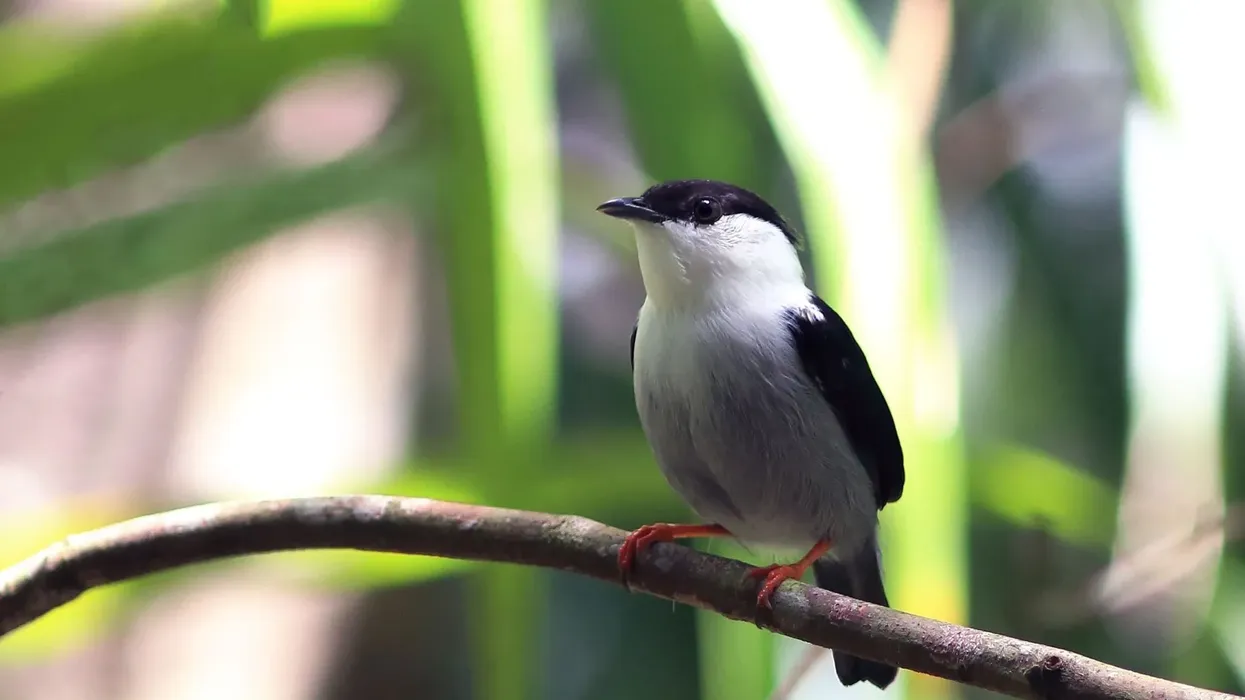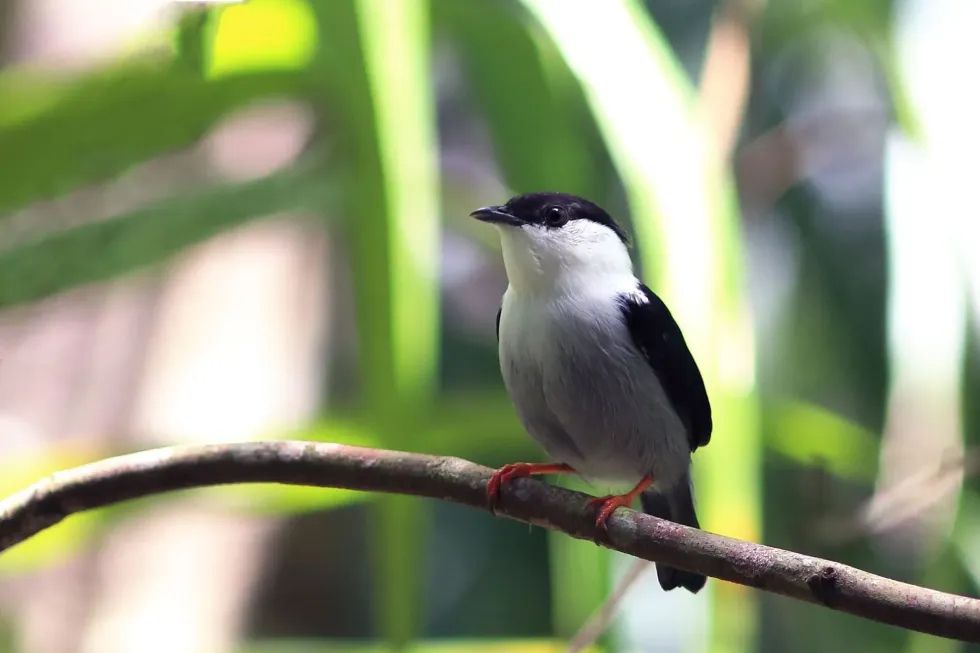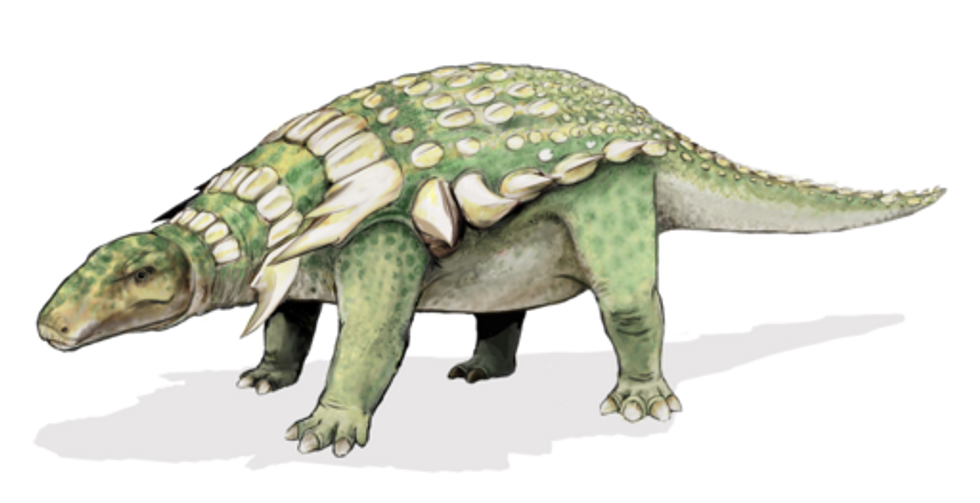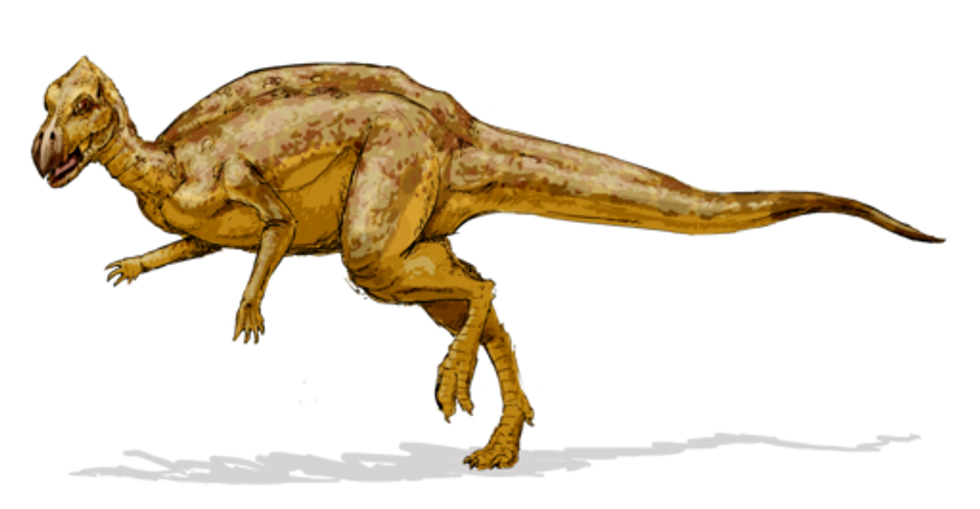The white-bearded manakin is one of the most fascinating birds to read about because of its unique mating rituals. Found in tropical South America, these birds are considered to be compact and small birds.
It has elongated white feathers on its throat that make it seem like it has a 'beard'. Males and females are not similar and have different plumage colors. These birds are known as foraging birds and are omnivores.
They pluck fruits that are much larger than their beak. They will then roll the fruit in their beak until it is soft. A male chick will develop its black and white plumage within a year of its birth.
The female plumage is olive green and the male plumage is black and white. These birds are known for their elaborate mating displays that are beautiful to look at.
To know more about this bird, scroll down. For more relatable content, check out these keel-billed toucan facts and wire-tailed manakin facts for kids.
White-bearded Manakin Interesting Facts
What type of animal is a white-bearded manakin?
The white-bearded manakin (Manacus manacus) is a bird.
What class of animal does a white-bearded manakin belong to?
The white-bearded manakin (Manacus manacus) is part of the Aves or bird class of animals. Their genus is Manacus and their family is Pipridae.
How many white-bearded manakins are there in the world?
The population of the white-bearded manakin is stable, but there is insufficient data about the exact population size.
Where does a white-bearded manakin live?
The white-bearded manakin (Manacus manacus) is endemic to the tropical areas of the Americas. They are specifically found in Brazil, Paraguay, Guyana, Trinidad and Tobago, Bolivia, Argentina, and Ecuador.
What is a white-bearded manakin's habitat?
The white-bearded manakin (Manacus manacus) lives in forest, shrubland, and wetlands (inland) that are present in tropical South America.
Who do white-bearded manakins live with?
The white-bearded manakin (Manacus manacus) males spend most of their time in leks (communal display sites) in large groups. They are solitary birds in general and do not live with other species.
How long does a white-bearded manakin live?
The range of lifespan of these species of bird is 7-14 years. The average lifespan of the male is 14 years.
How do they reproduce?
The Manacus manacus are promiscuous and males will have an elaborate display to impress females. The average diameter of the lek is 23.6 in (60 cm). There is no specific breeding season for these birds.
They are one of the noisiest lek forming manakins. The white-bearded manakin mating displays occur at dawn.
Males display a series of mating calls and 'jumps' to impress the females. Six different displays are performed by the male, for example, the 'snap- jump'. The snap-jump display is done by the male by horizontally perching on a branch while having its beard feathers extended.
Then it will make a loud, mechanical snap as it leaps to the adjacent branch. The female will also visit the lek of the male and perform a series of 'leaps' and 'dancing' to see if the male is a competent mate.
The male will fluff up his 'beard' and flap its wings. The range of their breeding displays includes spreading their wings to rapid perches. The female is responsible for raising the chicks, the male plays no part.
What is their conservation status?
The conservation status of the Manacus manacus is Least Concern according to the IUCN Red List of Threatened Species.
White-bearded Manakin Fun Facts
What do white-bearded manakins look like?
The Manacus manacus male is white, black, and dark gray. Their plumage is black and white. Their wings and bill are black.
The feathers that are present around the chin seem like a beard and it plays an important role during their mating displays. The female Manacus manacus has an olive green plumage.
The underparts of the female are paler, especially around the throat and belly. These birds are similar to the white-collared manakin. The difference between both species is that the white-collared manakin has a bright yellow belly and is not found in the tropical South American forest.

How cute are they?
The Manacus manacus is generally considered to be extremely cute. They are small in size which is considered cute by many.
How do they communicate?
The male and female Manacus manacus communicate in a series of snaps and calls. They produce these snaps by flapping their wings. During their mating displays, the male will make a loud and excited 'pee-you' sound followed by a high-pitched 'chwee'.
How big is a white-bearded manakin?
The Manacus manacus is 3.9-4.3 in (10-11 cm) long and is considered a small bird. To compare, a barn owl is almost thrice the size of this bird.
How fast can a white-bearded manakin fly?
There is no data available about the flight speed of the Manacus manacus.
How much does a white-bearded manakin weigh?
The Manacus manacus weighs about 0.58-0.6 oz (16.5-18 g). This makes them similar in weight to the red-capped manakin.
What are the male and female names of the species?
There is no specific name for a male or female Manacus manacus.
What would you call a baby white-bearded manakin?
A baby Manacus manacus is called a chick or juvenile.
What do they eat?
The Manacus manacus usually forage alone. They are omnivores as they eat small fruits as well as prey on wasps, ants, spiders, and termites.
Are they dangerous?
No, the Manacus manacus is not considered to be dangerous.
Would they make a good pet?
No, the Manacus manacus would not make a good pet as it spends most of its time at its lek. These birds are known for their elaborate displays during mating and would be better in the wild.
Since their lek can be as big as 70 birds at a time, it would be impossible to keep these birds as pets.
Did you know...
The white-bearded manakin's leks are classified as classical leks because males can see and hear each other during their mating displays. That is why the size range of their lek is small. A male will stay at his lek for 85% of the day.
Different types of manakin
In general, there are 60 different types of manakin in the world. They are predominantly present in tropical South America. Some examples of these forest birds include the white-collared manakin, long-tailed manakin, to name a few.








